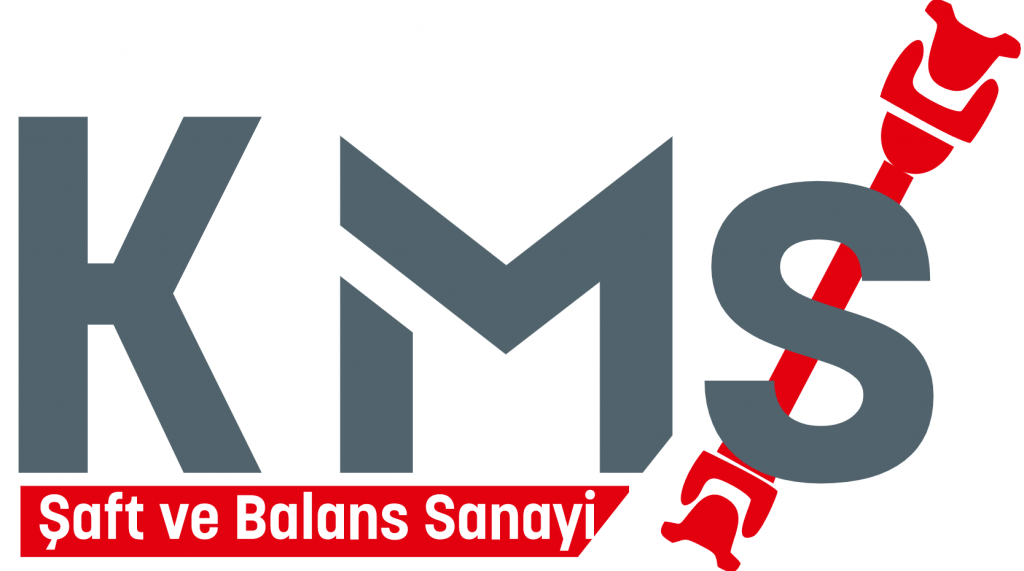Uncategorized
1350 Double Cardan Joint
The “1350 double cardan joint” typically refers to a specific type of universal joint or cardan joint used in automotive drivetrains, particularly in the context of propeller shafts (driveshafts). The “1350” designation usually indicates the series or size of the joint, and “double cardan” signifies that it has two universal joints connected in tandem. These joints are also commonly known as CV (constant velocity) joints.
Key features of the 1350 double cardan joint include:
1. **Series 1350:** The “1350” series is a standardized size or specification, and it helps ensure compatibility with other components in the drivetrain.
2. **Double Cardan Design:** Having two universal joints in tandem allows for improved flexibility and smoother rotation, minimizing vibration and angular misalignment between the transmission and the differential.
3. **Constant Velocity:** CV joints provide constant velocity of rotation at various angles, which is crucial for smooth power transmission in applications with non-linear shaft arrangements.
4. **High Torque Capacity:** These joints are designed to handle higher torque levels, making them suitable for heavy-duty applications, such as trucks and off-road vehicles.
5. **Durable Construction:** The components of the double cardan joint are typically designed to withstand the stresses associated with transmitting rotational motion in demanding conditions.
The 1350 double cardan joint is often found in heavy-duty vehicles, including trucks and SUVs, where a flexible and reliable connection is needed between the transmission and the rear differential. This type of joint helps to accommodate the changes in angle between the transmission and the differential, contributing to a smoother and more efficient power transfer.
It’s worth noting that the specific design and dimensions of the 1350 double cardan joint can vary between manufacturers, so compatibility with the existing drivetrain components should be considered when replacing or upgrading these joints.

